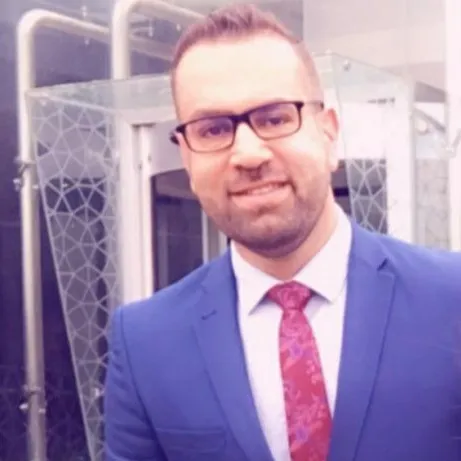Project overview
In this project we are working to gauge if novel sources of data – satellite imagery and digital traces – and advanced modelling techniques – spatial data manipulation and Bayesian statistics – can help define adequate sampling frames for surveying displaced people. The aim is to leverage the pre-Enumeration Area tool, an easy-to-use tool for the automated construction of enumeration areas, and volunteer-contributed information on OpenStreetMap.
The standard survey practice of drawing samples in two stages where small compact areas are selected randomly for enumeration, following which most or part of the identified members of the target population are drawn into the survey sample is deemed too complicated for most operations. This is particularly the case in out-of-camp contexts where displaced populations are highly dispersed and registration data is not always available. This challenge is further compounded by the absence of readily available georeferenced data on the numbers and locations of persons of concern for the construction of enumeration areas.
The pre-EA tool has been constructed as a user friendly QGIS plugin which helps to operational survey units. The size of those units is determined by a target population for undertaking the survey which in this context would be the target number of the forcedly displaced population (Refugees). To perform this delineation, the tool requires a gridded population of interest with high spatial resolution. Our challenge is to estimate the location of the forcedly displaced population at the grid cell level.
This project is a winner of a 2022 Data Innovation Impact Fund award, a joint initiative between UNHCR’s Innovation Service, Global Data Service (GDS) and Division of Information and Telecommunications (DIST).
The standard survey practice of drawing samples in two stages where small compact areas are selected randomly for enumeration, following which most or part of the identified members of the target population are drawn into the survey sample is deemed too complicated for most operations. This is particularly the case in out-of-camp contexts where displaced populations are highly dispersed and registration data is not always available. This challenge is further compounded by the absence of readily available georeferenced data on the numbers and locations of persons of concern for the construction of enumeration areas.
The pre-EA tool has been constructed as a user friendly QGIS plugin which helps to operational survey units. The size of those units is determined by a target population for undertaking the survey which in this context would be the target number of the forcedly displaced population (Refugees). To perform this delineation, the tool requires a gridded population of interest with high spatial resolution. Our challenge is to estimate the location of the forcedly displaced population at the grid cell level.
This project is a winner of a 2022 Data Innovation Impact Fund award, a joint initiative between UNHCR’s Innovation Service, Global Data Service (GDS) and Division of Information and Telecommunications (DIST).
